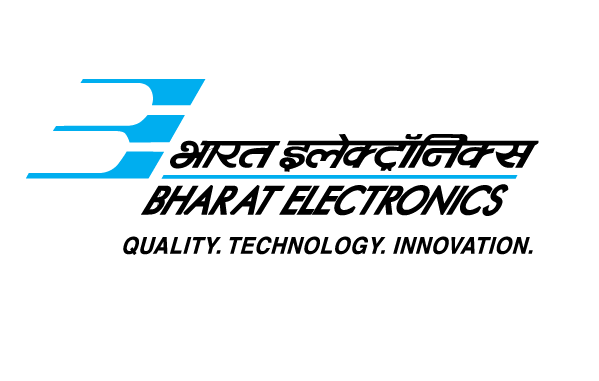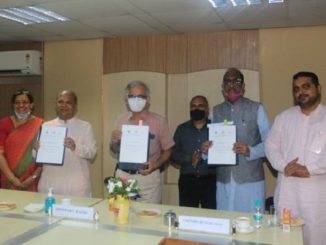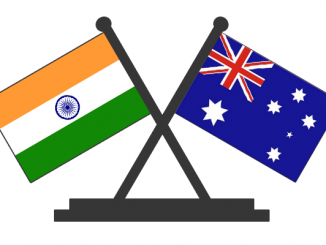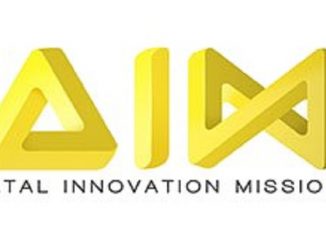
Feb 8:
Ministry of Defence (MoD) and Defence Public Sector Undertaking (DPSU) Bharat Electronics Limited (BEL) have signed a contract for procurement of Software Defined Radio Tactical (SDR-Tac) worth over Rs 1,000 crore in New Delhi on February 08, 2021.
The SDR-Tac, jointly designed and developed by Defence Electronics Applications Laboratory (DEAL) of Defence Research & Development Organisation (DRDO) through a consortium of domestic agencies and industry, comprising Weapons and Electronics Systems Engineering Establishment (WESEE), BEL, Centre for Artificial Intelligence & Robotics (CAIR) and Indian Navy will bring strategic depth to the Armed Forces. The delivery will take place within three years. The BEL is already supplying SDR-Naval Combat (NC) and SDR-Air is under user evaluation trial. The DRDO and BEL are planning to provide latest SDR with security grading to the Armed Forces.
The SDR-Tac is a four Channel Multi-mode, Multi Band, 19’’ Rack mountable, ship borne Software Defined Radio system. It is intended to serve ship-to-ship, ship-to-shore and ship-to-air voice and data communication for network centric operations. It supports simultaneous operation of all the four channels covering V/UHF and L Band. This SDR system houses multiple types of waveforms for narrow band and wide band applications. The MANET waveforms are available in UHF and L-Band to support adhoc networking feature for net centric operations. User evaluation trials covering exhaustive harbour phase and sea phase trials were completed successfully during May to June 2018 at Visakhapatnam for all waveforms including V/UHF and L-Band MANET waveforms under different network configurations.
Interoperability trials were also successfully carried out with all other form factors covering Airborne SDR-AR on board Dornier Aircraft, SDR-Tac on board INS Kirch in sailing mode, SDR-Manpack and SDR-Handheld. All the aspects were evaluated successfully by all user agencies of Navy and clearance was accorded for procurement.
The Armed forces are in need of transition from the single purpose radio of the past to more flexible Software Defined Radios (SDRs) to serve most of their wireless communication needs. These SDRs will be backward compatible with existing Indian radios. Different Service groups require different form factor radios for specific platforms and waveforms/applications. The SDRs allow use of common waveform/application implementation methods for different form factors. They also allow implementation of futuristic waveforms on the same hardware using software programmability, thus ensuring longer life and savings on cost.
A key factor in SDRs is that software programmability allows easy changes of the radio’s fundamental characteristics such as modulation types, operating frequencies, bandwidths, multiple access schemes, source and channel coding/decoding methods, spreading/de-spreading techniques and encryption/decryption algorithms. Traditional hardware-centric radios require hardware changes to modify these fundamental characteristics. Multiple types of radio equipment can be replaced with multi-mode, multi band, multi-role SDR’s of suitable form factors.
Disclaimer: We donot claim that the images used as part of the news published are always owned by us. From time to time, we use images sourced as part of news or any related images or representations. Kindly take a look at our image usage policy on how we select the image that are used as part of the news.


